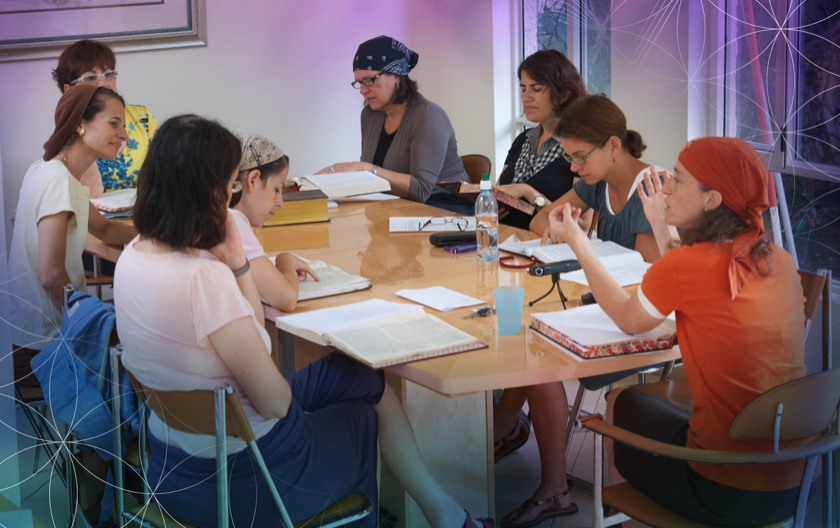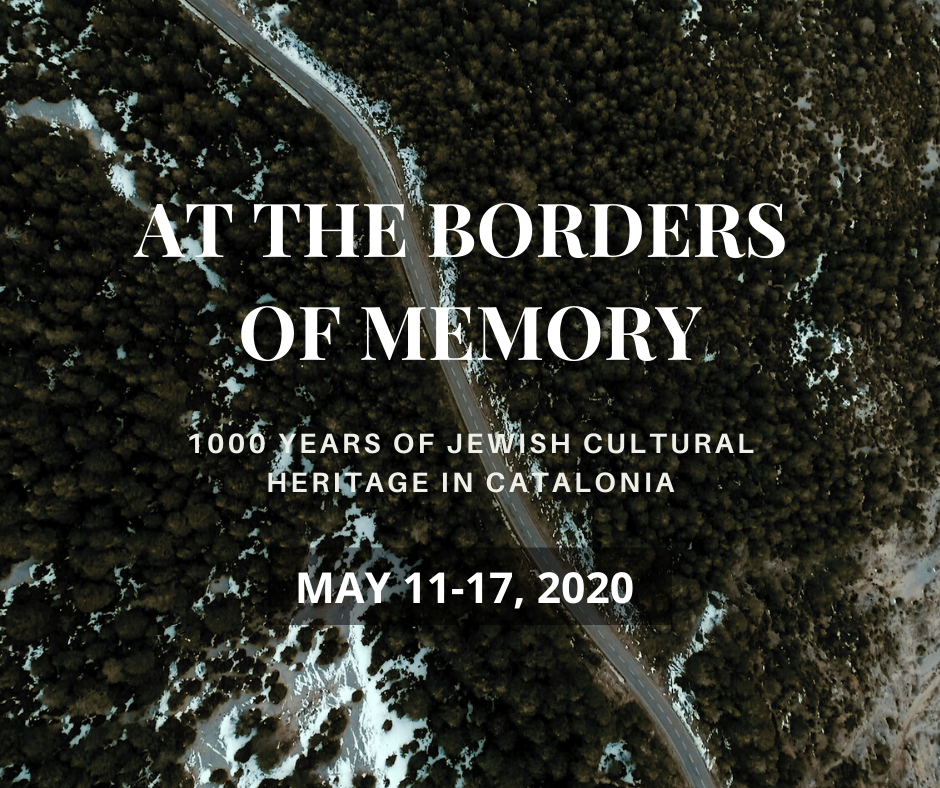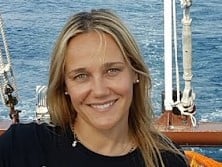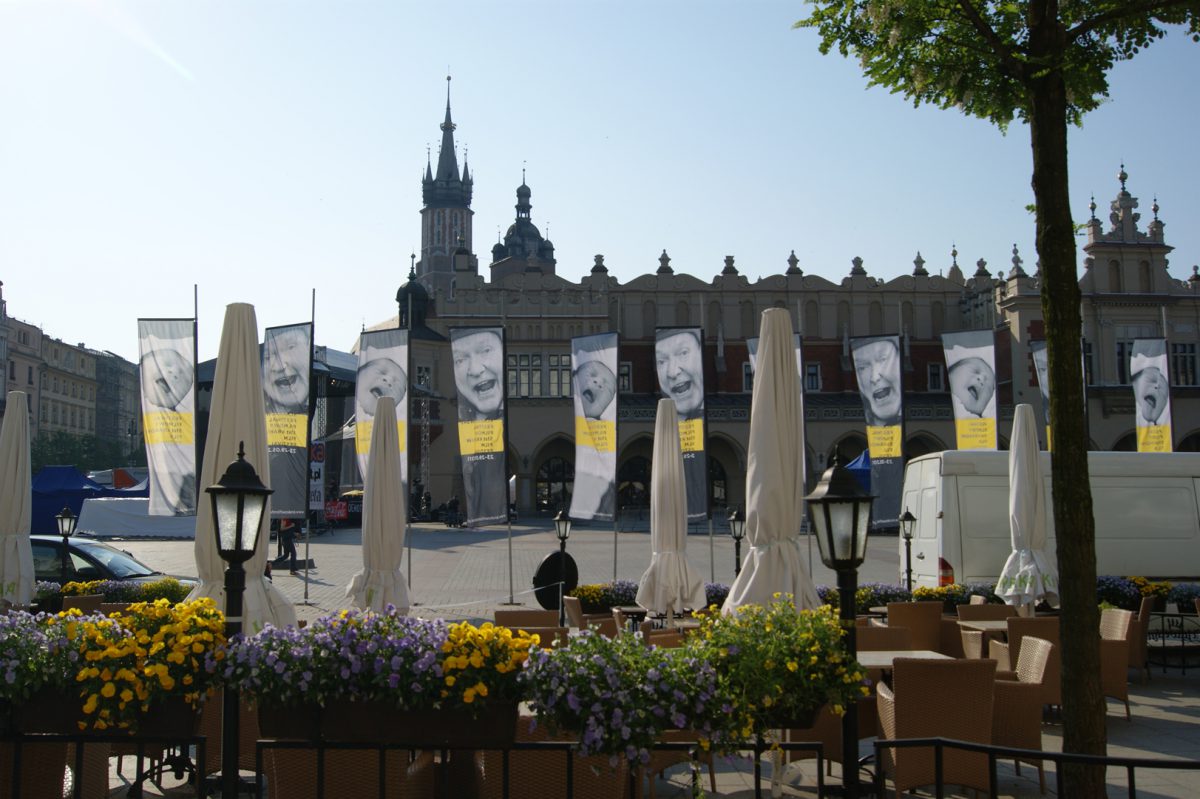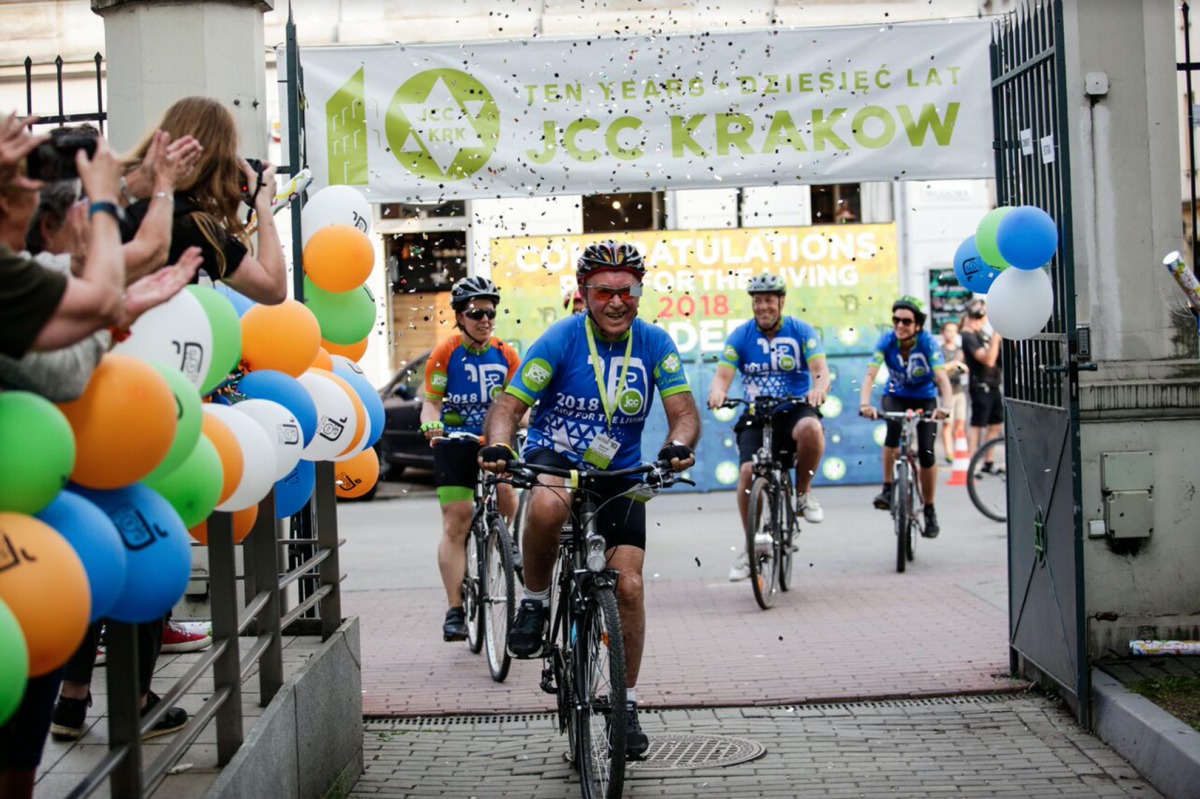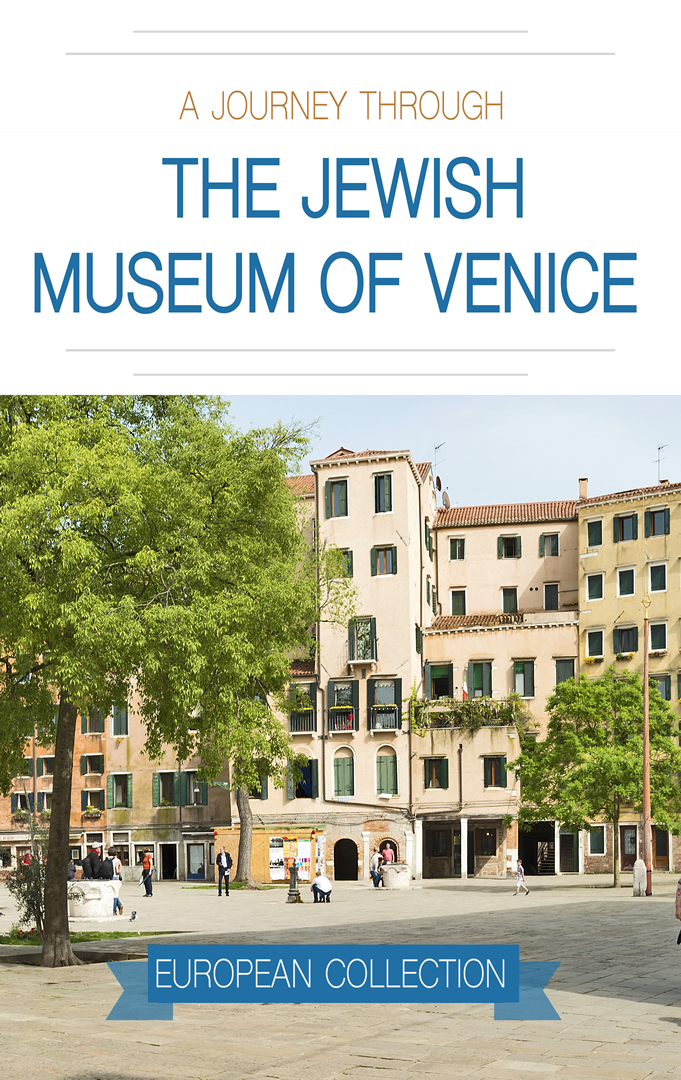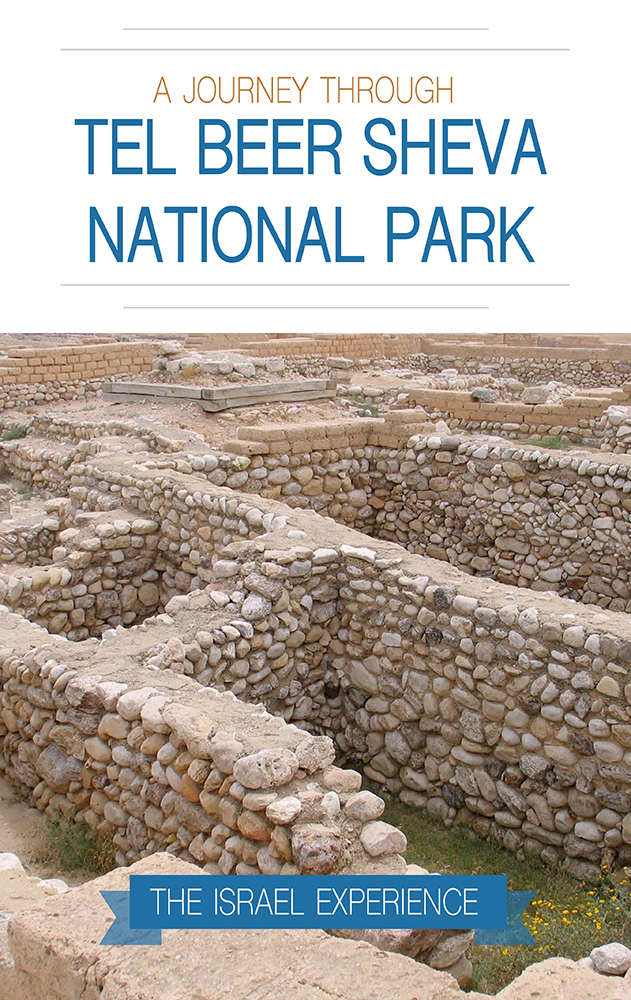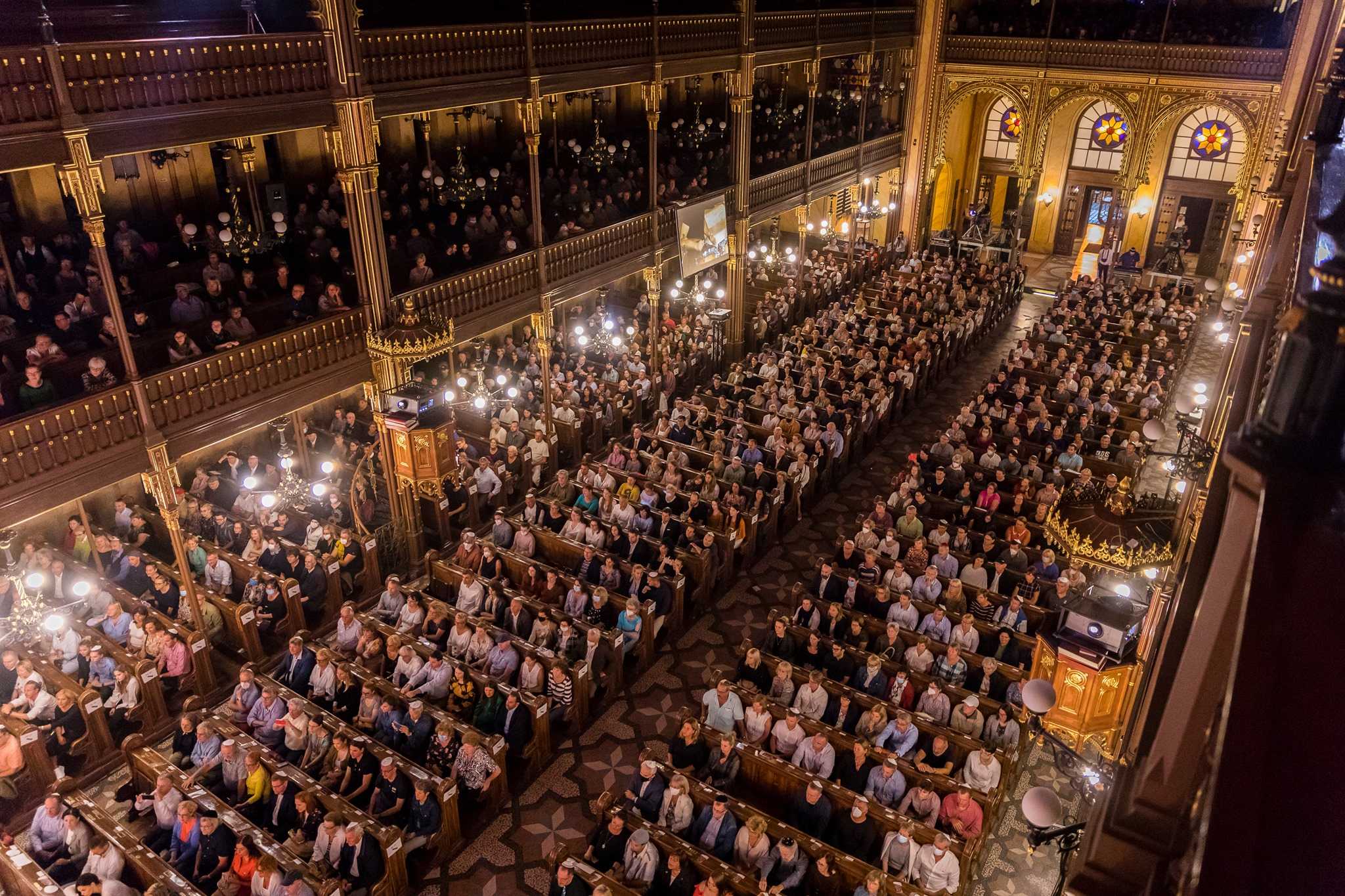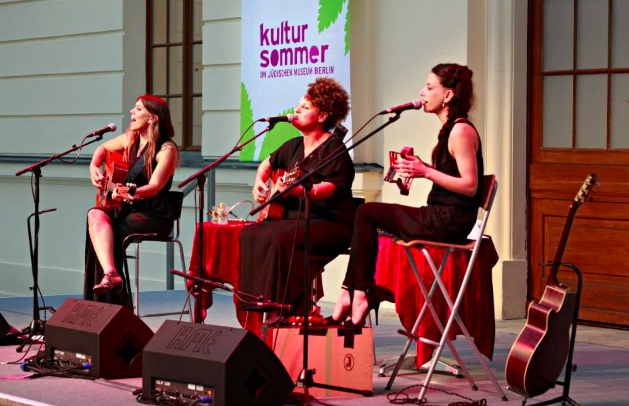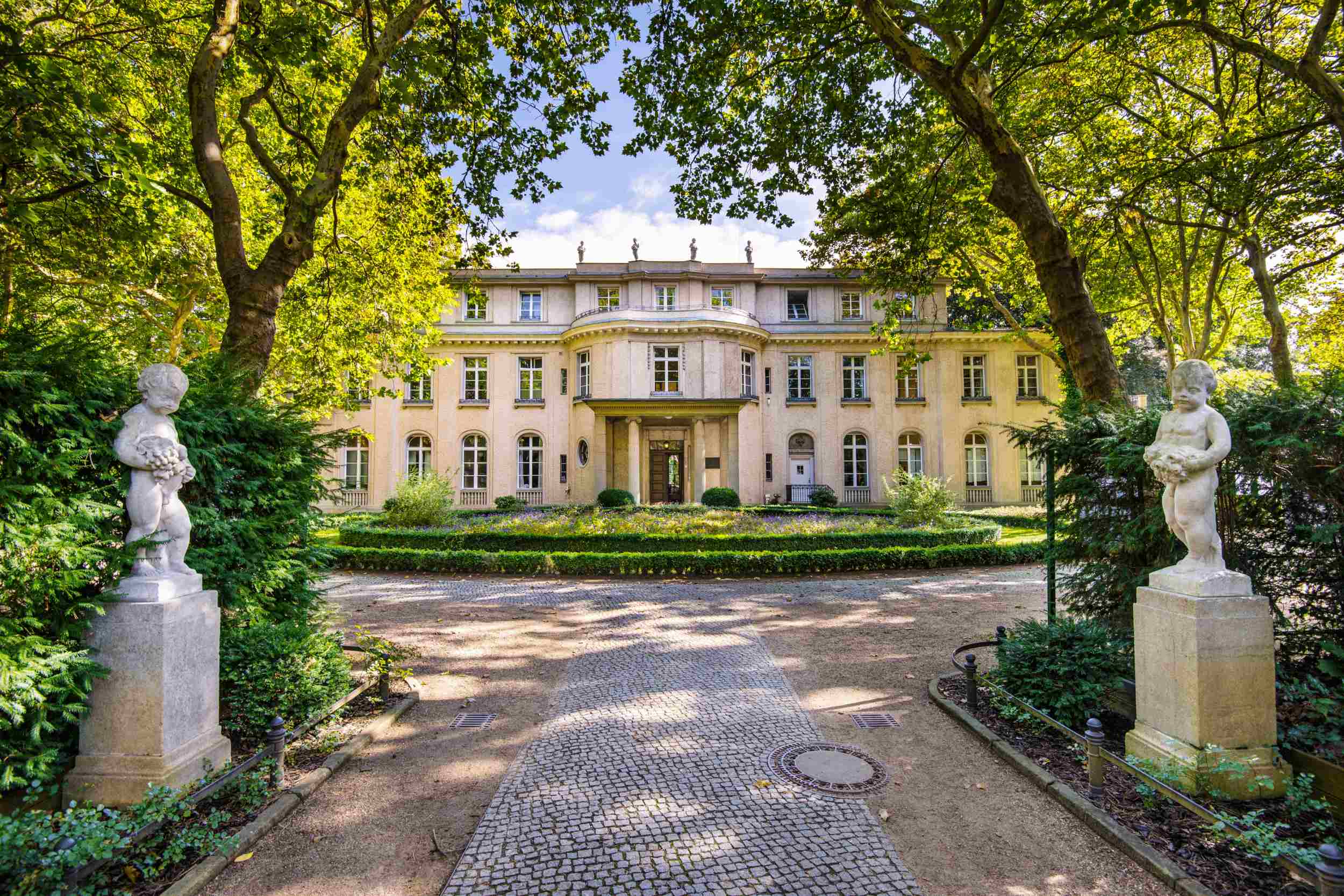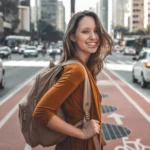Join thousands on 9 Tevet, 5790 (January 5, 2020) at the International Convention Center (Binyanei Ha’Uma) for the first global Women’s Siyum HaShas, an unprecedented learning experience.
The event will be live-streamed to an international audience. The Hadran Siyum will bring women together to inspire a new generation of learning for all.
Archives: Directory listings
Directory listings
At The Borders Of Memory
Embark with us on a wondrous journey through 1000 years of Jewish cultural heritage in Spain.
Following years of research and fresh investigation, this is a heritage route unlike any other in Spain today. Guests will be delighted by intimate dining in a 12th century patio, private concerts, access to expert led tours & panels & luxury accommodations.
From countryside and city, food and memory, exile and belonging, join authors, experts, chefs & musicians on this exclusive journey of a lifetime.
“At The Borders of Memory” May 11-17, 2020. Limited to 25 participants.
Silvia Nardin
Silvia is a licensed tour guide and travel advisor in Venice.
She has a degree in Tourism and Foreign Languages at Venice University.
Born and raised in Venice she’s totally in love with her hometown. She has over 20 years of background in the incoming travel industry and she is very generous sharing it with people visiting this unique city.
Silvia guides in Italian and English.
Krakow Film Festival
Every year since 1961, the city of Kraków has been hosting the Kraków Film Festival, making it one of Europe’s oldest events celebrating independent film. Each year, the festival hosts eight days of documentaries, shorts, and animated films submitted to an international competition for filmmakers and directors. Guests can watch a collection of around 250 Polish and international films as well as attend exhibitions, open-air screenings, concerts, and meet-and-greets with the filmmakers. The Kraków Film Festival is a historic event that celebrates the art of filmmaking with a Polish twist.
Krakow’s film festival began in 1961, making it one of the oldest film festivals in the world. It started as a local Polish film festival, showing only films made by Polish filmmakers. In 1964, it expanded to include international films, and in 2001 its name was changed to the Krakow Film Festival. Today, the Krakow Film Festival includes film competitions across four categories – national films, international films, documentary films, and music documentaries (DocFilmMusic). The 900+ attendees can view over 250 films, as well as enjoying concerts, open-air screenings, exhibitions, and meetings with film industry professionals.
Ride for the Living
This four-day event includes a one-day, 60-mile bike ride from Auschwitz-Birkenau to the Jewish Community Center in Krakow, among a packed program of cultural festivities. There is also a separate program running on the same day as the ride, for non-riding participants. You’ll receive a private guided tour of Auschwitz, unique tours of Krakow, and an invitation to the largest Shabbat dinner in Krakow since World War II. RFTL has welcomed participants as young as 16 and older than 80. It’s a festival that combines sad memories and cultural celebrations for an overall hopeful message about Jewish life in Poland.
RFTL was started by Robert Desmond, who cycled 1,350 km from London to Auschwitz, visiting WWII Liberation sites along the way. Once Desmond learned about the Krakow JCC, he realized it was the perfect destination. The revival of Jewish life in Poland should be celebrated, and Desmond created a way to do so while paying tribute to a difficult past. Just 14 riders joined the first official RFTL from Auschwitz to the JCC in 2014, but now there are over 100 riders, and biking communities around the world host events in solidarity with with RFTL.
Venetian Heritage Concept for the Expansion and Restoration of the Jewish Museum of Venice
Tel Beer Sheva National Park
Jewish Cultural Festival
The first Jewish Cultural Festival took place in 1998 with the intent to introduce Jewish culture to people of other cultures. This included Jewish music, films, dance, art, and books. The center of the event is in Great Synagogue on Dohany street, the second largest synagogue in the world.
Cultural Summer
The Jewish Museum Berlin hosts an annual two-month-long festival during the summer. Traditionally hosted in the museum’s garden, visitors flock to the seemingly endless selection of events which include concerts, readings, the sharing of traditional and modern delicacies, as well as the popular Jazz in the Garden event. The Cultural Summer Festival attracts visitors and contributors from many diverse and exotic corners of the world.
The festival, which began in 2004 as a secret event, is now a primary cultural event in Berlin where summer is celebrated, and guests can enjoy the museum’s new additions and exhibits. Several known figures have attended past festivals, including fiction writer Molly Antopol, actress Katharina Marie Schubert, and Parisian singer Noëmi Waysfeld.
House of The Wannsee Conference
The House of Wannsee Conference is located on the Wannsee River, on the outskirts of West Berlin. This historical landmark was built in 1915 for Ernst Marlier, a prominent businessman. He was arrested in 1940 for embezzlement and sold his property. During the Nazi era, the Wannsee House came to be used by the SS Security Service, the Nazi intelligence service. It was at the villa that SS officers planned the future of the Third Reich. After the war, the house was used as a residence, until the August Bebel Institute acquired the building in 1947. It was then used as a school and hostel for the Berlin Social Democratic Party, until 1988 when it became the memorial site it is today.
The Wannsee Conference was a meeting of senior government officials of Nazi Germany and Schutzstaffel (SS) leaders, held in the Berlin suburb of Wannsee on 20 January 1942. The purpose of the conference, called by the director of the Reich Security Main Office SS-Obergruppenführer Reinhard Heydrich, was to ensure the co-operation of administrative leaders of various government departments in the implementation of the Final Solution to the Jewish question, whereby most of the Jews of German-occupied Europe would be deported to occupied Poland and murdered. Conference participants included representatives from several government ministries, including state secretaries from the Foreign Office, the justice, interior, and state ministries, and representatives from the SS. In the course of the meeting, Heydrich outlined how European Jews would be rounded up and sent to extermination camps in the General Government (the occupied part of Poland), where they would be killed.
Auschwitz survivor, Joseph Wulf, is really to thank for the inauguration of the Wannsee House as a memorial site. Mr. Wulf published the first comprehensive collection of documents from the Nazi regime, and suggested creating a documenter center in the Marlier villa. Although Wulf had wide public support, the Berlin Senate was slow to accept his proposal. Sadly, Joseph Wulf did not see his vision realized, as the man committed suicide in 1974.
